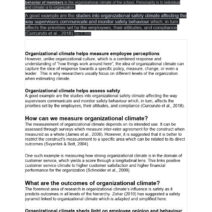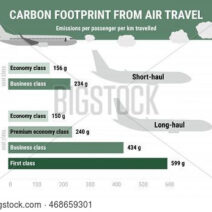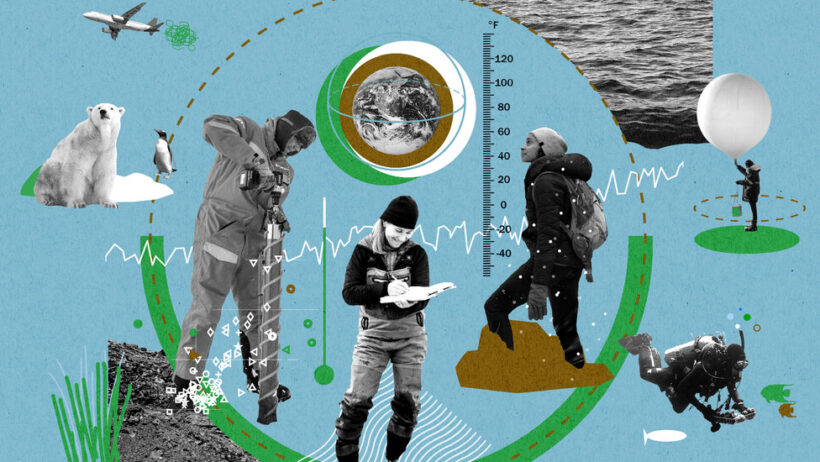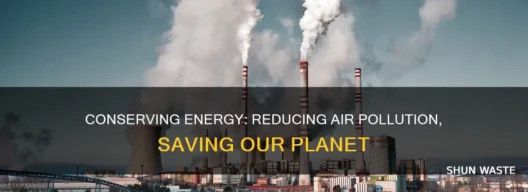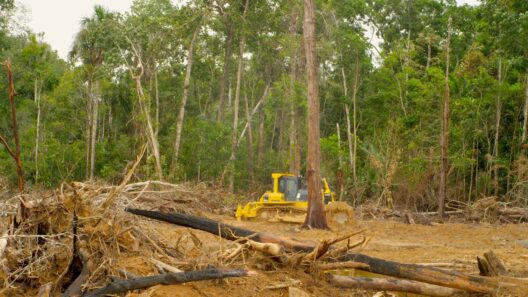Global warming manifests as a rampant, multifaceted phenomenon, engendering an ecological cascade that touches all dimensions of the earth’s systems. The genesis of this predicament is intricately linked to anthropogenic actions—consciously or unconsciously undertaken—that exacerbate the intensification of greenhouse gases in the atmosphere. Understanding the domino effect of these actions is imperative in delineating how they contribute to a warming world. Each individual, community, and corporation plays a distinctive role in this intricate web of interactivity.
One of the seminal drivers of global warming is the relentless combustion of fossil fuels. This process has infiltrated industries, power generation, and transportation systems, thereby releasing copious amounts of carbon dioxide and other greenhouse gases into the atmosphere. When fossil fuels are burnt, they oxidize to produce CO2, which acts as a thermal blanket that traps solar energy within the Earth’s atmosphere. This phenomenon leads to an increase in average global temperatures, which in turn instigates a chain of repercussions on Earth’s ecosystems, weather patterns, and sea levels.
As global temperatures ascend, the ramifications extend far beyond mere warmth. The melting of polar ice caps is one such consequence, unfurling waves of ecological disruption. The Arctic and Antarctic regions, which are pivotal in regulating global climate, have been experiencing rapid ice loss. This not only contributes to rising sea levels—threatening coastal settlements and ecosystems—but also exacerbates the phenomenon of albedo. Reduced ice cover diminishes the Earth’s reflectivity, allowing for even more heat absorption by the oceans. This cycle accelerates warming and leads to further ice melt, creating a self-perpetuating loop.
Moreover, altered temperatures influence weather patterns, leading to more frequent and severe weather events. Extreme heat waves, prolonged droughts, and unprecedented rainfall have become common occurrences around the globe. Agriculture is particularly susceptible to these variations; crop yields fluctuate as adverse weather disrupts planting and harvesting schedules. The intricate balance of ecosystems is disrupted, with species struggling to adapt to rapidly changing conditions, leading some to extinction and propelling others into the limelight as invasive species.
Beyond environmental considerations, there are significant socio-economic implications tied to the warm repercussions of global warming. Communities, particularly those in vulnerable geographical areas, face existential threats. As sea levels rise, millions may be displaced from coastal cities, creating climate refugees who seek asylum inland, often leading to heightened competition for resources. This demographic shift has pronounced implications for national and international relations, often resulting in conflict over scarce water and land resources.
Transitioning towards renewable energy sources is paramount in mitigating these warming effects. Solar, wind, and hydroelectric power serve as viable alternatives that can circumvent the pernicious cycle of fossil fuel combustion. By harnessing clean energy, societies can significantly reduce their carbon footprints, thereby lessening the cumulative greenhouse gas concentrations in the atmosphere. However, such a transition is fraught with challenges, including the inertia of established infrastructure, economic dependencies on fossil fuels, and the need for substantial investment in innovative technologies.
Another critical component in combating global warming lies in the preservation and restoration of carbon sinks, such as forests, wetlands, and oceans. Deforestation and land-use changes release stored carbon back into the atmosphere. Conservation practices, including reforestation and afforestation, are essential in re-establishing these vital ecosystems that feasibly sequester carbon. Coastal wetlands, for instance, not only provide habitat for biodiversity but also have the potential to absorb substantial quantities of CO2. Protecting and enhancing these environments can mitigate overall warming while also providing benefits in terms of biodiversity and human livelihoods.
Public awareness and education are pivotal in fostering a greater understanding of global warming’s intricacies. Engaging communities through interactive platforms and informative campaigns can galvanize concerted efforts toward sustainable practices. Grassroots movements have the power to influence policy changes and drive collective action at local, national, and global levels. They cultivate an ethos of responsibility and accountability, urging individuals to reconsider their consumption habits, energy usage, and waste management practices.
The role of technology cannot be understated in addressing the global warming crisis. Innovations such as carbon capture and storage (CCS) technologies can play a crucial role in reducing emissions from industrial processes. Moreover, advancements in transportation, such as electric vehicles and sustainable public transit systems, can drastically reduce dependence on fossil fuels, mitigating individual carbon footprints. These technological solutions must, however, be pursued alongside systemic changes in governance and economic structures, which often prioritize short-term profits over long-term sustainability.
Ultimately, the unseen connections among our choices, the ecosystems we inhabit, and the climate we influence underscore the need for an integrated approach to combating global warming. Each action, whether it is in the realm of energy production, transportation, land-use, or even consumer habits, forms a part of a larger mosaic that has profound implications for the planet. Recognizing this interconnectedness and fostering a mindset geared towards sustainability can help ameliorate the profound impacts of global warming, ensuring the earth remains habitable for future generations.
In conclusion, the domino effect wrought by global warming necessitates urgent and comprehensive action. As human activities continue to push the planet’s systems toward a tipping point, it is incumbent upon us to mirror our commitment to environmental stewardship through thoughtful consideration of the ripple effects our actions elicit. The time to act is now, and through collective efforts, it is possible to foster a more stable and resilient climate trajectory.
